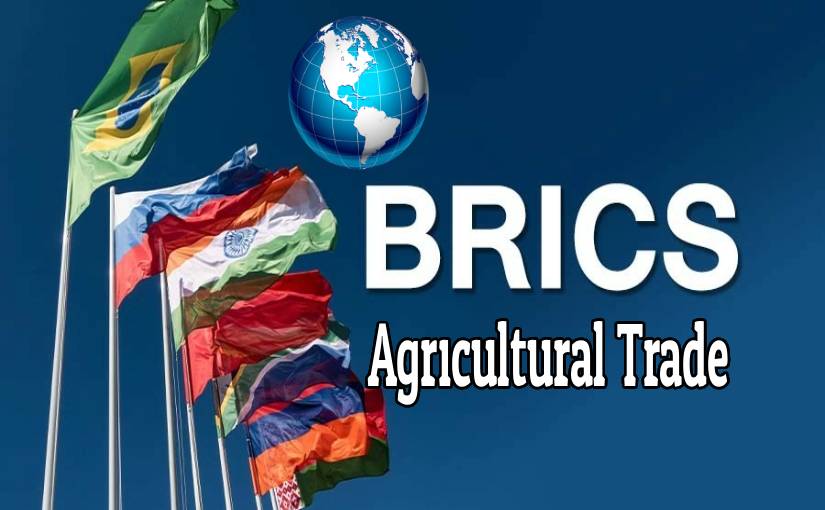BRICS agricultural trade
The Rise of BRICS Agricultural Trade
The global agricultural landscape is undergoing a transformation — and the BRICS alliance (Brazil, Russia, India, China, and South Africa) is at the center of this change. Over the years, these nations have strengthened their cooperation in food production, logistics, and sustainable farming, setting the stage for a new era of south–south agricultural exchange.
The period between 2025 and 2030 will likely mark the fastest expansion phase of BRICS agricultural trade, driven by innovation, shared interests, and the desire to create a fairer global food system.
1. Shared Goals in Food Security
All BRICS nations face similar challenges — feeding large populations while ensuring quality, sustainability, and resilience. By working together, they can reduce dependency on Western supply chains and build a more self-sufficient agricultural network.
Russia, for instance, contributes vast quantities of grains, sunflower oil, and fertilizers, while Brazil and India add tropical crops, pulses, and processed goods.
2. Complementary Strengths Create Balance
Each BRICS country brings a unique strength to the table:
- Brazil — world leader in soybeans, meat, and sugar exports.
- Russia — powerhouse in grains, sunflower oil, and fertilizers.
- India — major producer of rice, pulses, and spices.
- China — leading importer and technology innovator in agri-logistics.
- South Africa — strong in fruits, wines, and agricultural machinery.
This complementarity reduces competition and strengthens integration, helping the group achieve long-term balance and stability in global markets.
3. Logistics Corridors and Trade Routes
The creation of efficient logistics networks — such as rail corridors through Central Asia, maritime routes from Russian and Brazilian ports, and overland transport via Iran — is transforming how BRICS agricultural exports reach global destinations.
These routes cut transportation costs, shorten delivery times, and improve the freshness and traceability of food products.
4. The Role of Technology and Innovation
From satellite monitoring of farmlands to blockchain-based export documentation, technology is the invisible force powering the rise of BRICS agricultural trade.
Nations are investing heavily in precision farming, AI forecasting, and digital B2B trade platforms that connect buyers and sellers seamlessly — often through networks like BRICS Trading Hub by GreenRusnk.
5. Sustainable Growth and Organic Demand
As global consumers demand safer, more sustainable foods, BRICS nations are aligning their policies to meet these expectations.
The alliance is pushing forward organic certification, fair-trade labeling, and climate-smart agriculture — positioning BRICS as a long-term leader in responsible food supply chains.
6. Outlook for 2025–2030: The Road Ahead
The next decade will see the BRICS agricultural network evolve from cooperation to integration. Through shared logistics, data transparency, and sustainability goals, these nations aim to redefine the standards of global trade.
Platforms like GreenRusnk are already building bridges between verified Russian exporters and BRICS importers, strengthening the group’s collective bargaining power in global food markets.
A Growing Agricultural Powerhouse
The growth of BRICS agricultural trade between 2025 and 2030 represents more than just numbers — it symbolizes a shift toward cooperation, innovation, and balance in global food distribution.
With strategic planning, shared technologies, and mutual respect, BRICS nations are building an agricultural ecosystem capable of feeding billions — efficiently, sustainably, and fairly.
To explore real trade opportunities and connect with verified suppliers, visit the BRICS Trading Hub powered by GreenRusnk.

